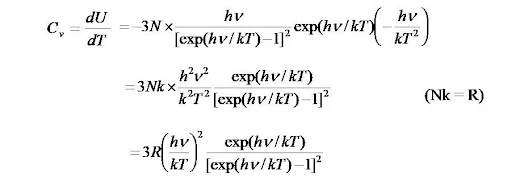महाराणा प्रताप ट्रेल सज्जनगढ़ उदयपुर में इको ट्रेल 30 नवम्बर को राजस्थान वन विभाग उदयपुर डिविजन तथा WWF-India उदयपुर डिविजन के सानिध्य में महाराणा प्रताप ट्रेल सज्जनगढ़ उदयपुर में इको ट्रेल की गई, जिसमें WWF-India के स्टेट काॅर्डिनेटर श्रीमान अरूण सोनी तथा वन विभाग कीे ओर से डाॅ. सतीश कुमार शर्मा, सेवानिवृत्त अधिकारी मौजूद थे। मुझे भी इस इको ट्रेल में जाने का सुअवसर प्राप्त हुआ, जो गोरीला व्यू पाॅइंट से बड़ी-लेक व्यू पाॅइंट तक की गई इसमें मुझे विज्ञान की एक नई शाखा के बारे में पता चला, जिसे टट्टी विज्ञान कहा जाता है। सुनने में आपको थोड़ा अजीब लगेगा, मुझे भी सुनकर हैरानी हुई, परन्तु वास्तव में एक ऐसा भी विज्ञान है, जिसके बारे में डाॅ. सतीश शर्मा ने बड़े ही विस्तार पूर्वक बताया कि किस प्रकार वनों में जानवरों की टट्टी देखकर यह पता लगाया जा सकता है कि यहां कौनसा जानवर आया था। जानवरों की टट्टी कितनी पुरानी है, वह गीली है या सूखी है। इसी के आधार पर उस विशेष जंगल में कौन-कौनसे जानवर विचरण करते हैं, उसके बारे में वन विज्ञान के कर्मचारी पता लगा लेते हैं। जानवरों की टट्टी का विश्लेषण करके यह पता लगा...
Dulong and Petit's law
- According to Dulong and Petit's law the product of atomic weight and specific heat for all the elements in its solid state is always constant and its value is approximately 6.4.
- This law is used to determine the atomic weight of substance.
Dulong and Petit’s law from Kinetic theory
- According to the law of equi-partition of energy, the average kinetic energy of translation associated with each degree of freedom is 1/2kT.
- If the oscillatory motion of atom is simple harmonic then in each oscillation the average kinetic energy = Average potential energy.
= 1/2 kT + 1/2 kT = kT
Since there are three degrees of freedom for oscillatory motion of each atom
Since there are three degrees of freedom for oscillatory motion of each atom
So the total energy of each atom = 3kT
If we consider the 1 gm-atom of any solid at absolute temperature T
So the number of atoms in 1 gm-atom of gas = N, where N is Avogadro number
Total energy of 1 gm of solid
U = N * 3 kT = 3NkT [ R = Nk ]
U = 3RT
dU/dT = 3R
Since dU/dT is the atomic heat of solid at constant volume i.e., Cv
So, Cv = 3R
Since R = 1.98 cal/gm-atom/°C
So, Cv = 3 * 1.98 = 5.94 cal/gm-atom/°C
Atomic heat of solid = 6 cal cal/gm-atom/°C (approximate)
Thus it agrees with Dulong and Petit's law
Failure of Dulong and Petit's law
- C, B, Si like non-metallic elements have value of atomic heat different from 6.4 at normal temperature (about 6.0).
- But above 500°C their value tends to about 6.4.
- At absolute zero temperature the value of atomic heat of all the elements tends to zero.
It is clear from the following figure
Explanation of Failure of Dulong and Petit's law
To know about this lecture in more detail please visit on https://youtu.be/R_xEBgzUmkQ





Comments
Post a Comment